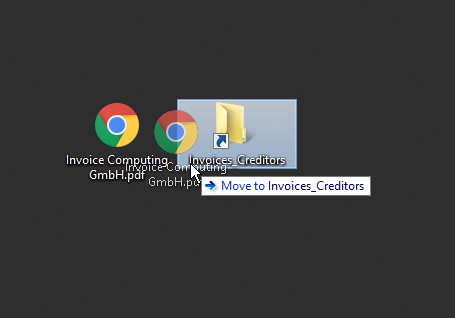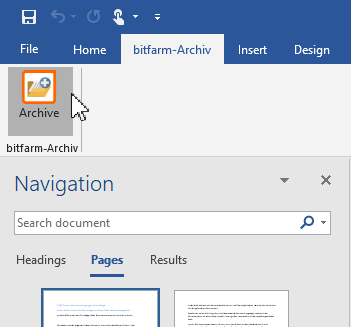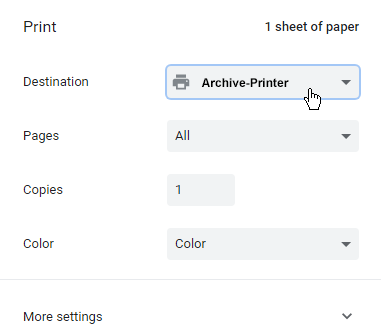 …don't search – find!
…don't search – find!
Did You Know...?

Document capture software can increase the efficiency in your daily business process by reducing the time when scanning documents
Different options for the document imaging can reduce the effort required for data capture even when there is a large number of records
Importing pdf files and any other types of documents is possible in the same way. For this purpose, bitfarm-Archiv has anchored itself in the windows context menu.
The user selects one or more files - or even whole folders and chooses "send to" after a right click. Here bitfarm-Archiv appears with the options to copy or move.
The user chooses where in the tree the documents should be archived, fills additional fields, defines user and tasks, creates links and sends the documents to the server with a click on "archive".
Would you like to see how file import looks in practice? We would be happy to invite you to our YouTube series (please activate the English subtitles).
In order to send documents e.g. via network scanners or from other applications into the DMS, it makes sense to create a corresponding directory, preferably on the DMS server, and to release it for file storage. After a path for the monitored folder has been created, all subdirectories that you may create will be monitored by the spool service.
All files that are copied into the two folders are automatically captured by the spool service and moved into the processing loop. This usually happens so fast that the monitored directories are ideally always empty.
The documents from this or other monitored directories defined as such are archived to the "undistributed" archive in a standardized manner; "System" is selected as the user behind this action. Sorting rules can be used to define and reach other target archives if required.
Sorting can also be done by the name of a subdirectory in the monitored directory. For this one puts the documents into a directory, which carries the same name as the target archive.
In addition to these options, sorting by document name is also possible. It is also possible to define a different user name instead of the default system.

A corresponding function is also built into MS-Office and Open-Office by bitfarm-Archiv during installation.
There are also similar solutions for Lotus Notes, David, Thunderbird and various other systems.
Another example of an e-mail that is archived with the options of archiving all attachments and metadata such as subject date received. If desired, the user can only archive the attachments.
In the viewer, this mail can then be retrieved at any time via "Original file" - even if it has long since been deleted in the mail program.
bitfarm-Archiv also automatically creates a link for each attachment of the e-mail, so that mail text and attachments exist as individual documents in the DMS, but the connection is always visible.

It is also possible to use specially configured archive-printers, which print directly into a predefined archive without bothering the user with further questions.
The archive printer is available for importing documents generated by other applications. This printer works like a virtual "PDF" printer, so it does not output paper, but only archives the printout in the DMS. Also the import tool opens with the known options.
These printers can even print paper on a physical printer at the same time. This method is often used when documents from an ERP are automatically archived when they are printed.

As useful as many of these options are during the import, they might be a hindrance in other cases.
Especially in the case of mass processing of similar documents, it is hardly desirable to open the mask again for each document - even though default values can be specified or the mask automatically suggests the last entries.
Therefore bitfarm-Archiv offers other possibilities for mass processing:

Are you interested in more information around the topic of document capture?